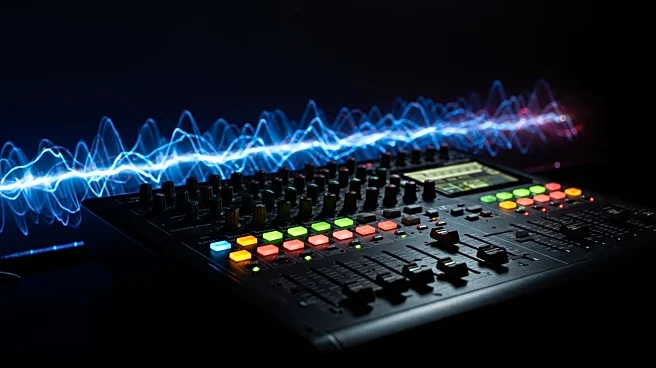Rapid Read • 6 min read
Audio fades have been identified as one of the most CPU-intensive tasks in digital audio processing. This is due to the complex mathematical calculations required to adjust audio levels gradually, which involve subnormal numbers that demand significant computational power. Modern digital audio workstations (DAWs) have developed methods to mitigate this issue by disabling subnormal CPU functions, allowing for more efficient processing. The intricacies of floating point calculations in CPUs are central to understanding why audio fades are demanding, as they aim to achieve a level of precision that is often unnecessary for human perception.
AD
Understanding the computational demands of audio fades is important for optimizing digital audio processing, particularly in gaming and music production industries. Efficient handling of these tasks can lead to better performance and reduced strain on CPUs, which is crucial for maintaining smooth operation in resource-intensive applications. This knowledge can guide developers in creating more efficient software solutions and inform hardware manufacturers about potential areas for improvement in CPU design. As digital audio continues to play a significant role in various sectors, addressing these computational challenges is vital for enhancing user experience.
AD
More Stories You Might Enjoy










